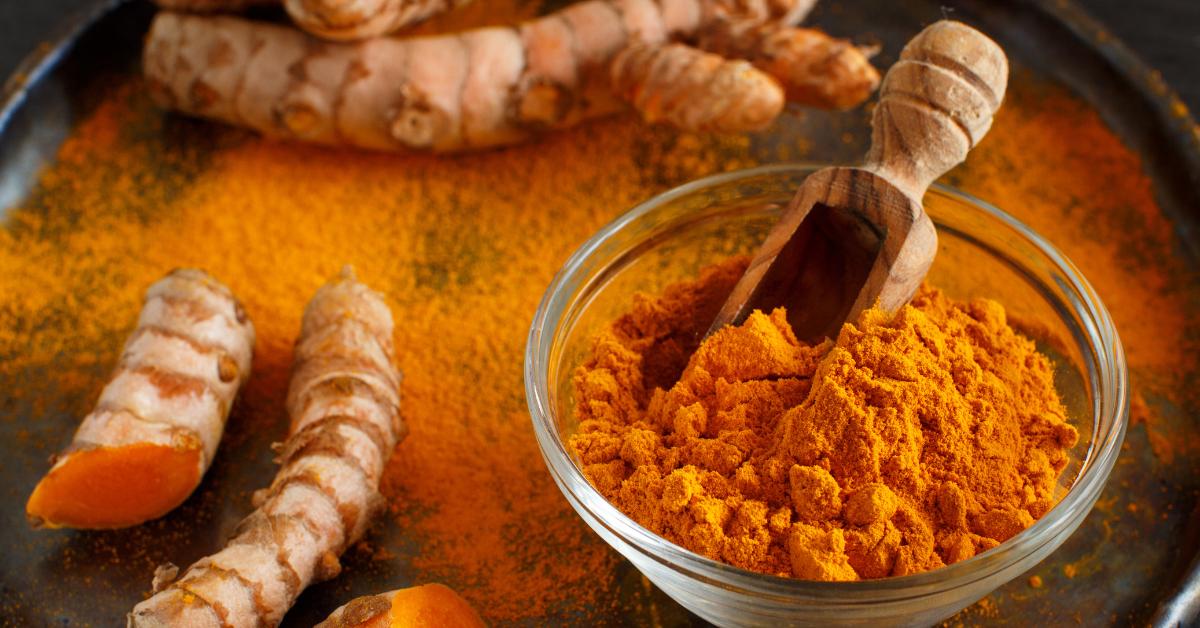
Kurkuma irodalom
K1.The Chemistry of Curcumin: From Extraction to Therapeutic Agent:
Kavirayani Indira Priyadarsini- , , 20091-20112; doi:10.3390/molecules191220091
Abstract
Curcumin, a pigment from turmeric, is one of the very few promising natural products that has been extensively investigated by researchers from both the biological and chemical point of view. While there are several reviews on the biological and pharmacological effects of curcumin, chemistry reviews are comparatively scarcer. In this article, an overview of different aspects of the unique chemistry research on curcumin will be discussed. These include methods for the extraction from turmeric, laboratory synthesis methods, chemical and photochemical degradation and the chemistry behind its metabolism. Additionally other chemical reactions that have biological relevance like nucleophilic addition reactions, and metal chelation will be discussed. Recent advances in the preparation of new curcumin nanoconjugates with metal and metal oxide nanoparticles will also be curcumin have also been suggested.
K.2.Curcumin and Cancer:
Antonio Giordano 1 and Giuseppina Tommonaro- Nutrients 2019, 11, 2376; doi:10.3390/nu11102376
Abstract
Curcumin, a polyphenol extracted from Curcuma longa in 1815, has gained attention from scientists worldwide for its
biological activities (e.g., antioxidant, anti-inflammatory, antimicrobial, antiviral), among which its anticancer potential has been the most described and still remains under investigation. The present review focuses on the cell signaling pathways involved in cancer development and proliferation, and which are targeted by curcumin. Curcumin has been reported to modulate growth factors, enzymes, transcription factors, kinase, inflammatory cytokines, and proapoptotic (by upregulation) and antiapoptotic (by downregulation) proteins. This polyphenol compound, alone or combined with other agents, could represent an e_ective drug for cancer therapy.
K.3.Curcumin:
A Review of Its’ Effects on Human Health by Susan J. Hewlings 1,2,* ID and Douglas S. Kalman 3,4 -
Abstract
Turmeric, a spice that has long been recognized for its medicinal properties, has received interest from both the medical/scientific world and from culinary enthusiasts, as it is the major source of the polyphenol curcumin. It aids in the management of oxidative and inflammatory conditions, metabolic syndrome, arthritis, anxiety, and hyperlipidemia. It may also help in the management of exercise-induced inflammation and muscle soreness, thus enhancing recovery and performance in active people. In addition, a relatively low dose of the complex can provide health benefits for people that do not have diagnosed health conditions. Most of these benefits can be attributed to its antioxidant and anti-inflammatory effects. Ingesting curcumin by itself does not lead to the associated health benefits due to its poor bioavailability, which appears to be primarily due to poor absorption, rapid metabolism, and rapid elimination. There are several components that can increase bioavailability. For example, piperine is the major active component of black pepper and, when combined in a complex with curcumin, has been shown to increase bioavailability by 2000%. Curcumin combined with enhancing agents provides multiple health benefits. The purpose of this review is to provide a brief overview of the plethora of research regarding the health benefits of curcumin.
1. World Health Organization. Global Action against Cancer;World Health Organization: Geneva, Switzerland, 2005.
2. Barone, D.; Cito, L.; Tommonaro, G.; Abate, A.A.; Penon, D.; De Prisco, R.; Penon, A.; Forte, I.M.; Benedetti, E.; Cimini, A.; et al. Antitumoral Potential, Antioxidant Activity and Carotenoid Content of Two Southern Italy Tomato Cultivars Extracts: San Marzano and Corbarino. J. Cell. Physiol. 2018, 233, 1266–1277.
3. Al-Ejeh, F.; Kumar, R.; Wiegmans, A.; Lakhani, S.R.; Brown, M.P.; Khanna, K.K. Harnessing the complexity of DNA-damage response pathways to improve cancer treatment outcomes. Oncogene 2010, 29, 6085–6098.
4. Udagawa, T.; Wood, M. Tumor-stromal cell interactions and opportunities for therapeutic intervention. Curr. Opin. Pharmacol. 2010, 10, 369–374.
5. Mantovani, A. Molecular pathways linking inflammation and cancer. Curr. Mol. Med. 2010, 10, 369–373.
6. Catanzaro, M.; Corsini, E.; Rosini, M.; Racchi, M.; Lanni, C. Immunomodulators Inspired by Nature: A Review on Curcumin and Echinacea. Molecules 2018, 23, 2778.
7. Mohamed, S.I.A.; Jantan, I.; Haque, M.A. Naturally occurring immunomodulators with antitumor activity: An insight on their mechanisms of action. Int. Immunopharmacol. 2017, 50, 291–304.
8. Sethi, G.; Tergaonkar, V. Potential pharmacological control of the NF-_B pathway. Trends Pharmacol. Sci. 2009,30, 313
9. Shanmugam, M.K.; Rane, G.; Kanchi, M.M.; Arfuso, F.; Chinnathambi, A.; Zayed, M.E.; Alharbi, S.A.; Tan, B.K.; Kumar, A.P.; Sethi, G. The multifaceted role of curcumin in cancer prevention and treatment. Molecules 2015, 20, 2728–2769.
10. Aggarwal, B.B.; Sethi, G.; Ahn, K.S.; Sandur, S.K.; Pandey, M.K.; Kunnumakkara, A.B.; Sung, B.; Ichikawa, H. Targeting signal-transducer-and-activator-of-transcription-3 for prevention and therapy of cancer: Modern target but ancient solution. Ann. N. Y. Acad. Sci. 2006, 1091, 151–169.
11. Pandey, A.; Vishnoi, K.; Mahata, S.; Tripathi, S.C.; Misra, S.P.; Misra, V.; Mehrotra, R.; Dwivedi, M.; Bharti, A.C. Berberine and curcumin target survivin and STAT3 in gastric cancer cells and synergize actions of standard chemotherapeutic 5-Fluorouracil. Nutr. Cancer 2015, 67, 1293–1304.
12. Fetoni, A.R.; Paciello, F.; Mezzogori, D.; Rolesi, R.; Eramo, S.L.; Paludetti, G.; Troiani, D. Molecular targets for anticancer redox chemotherapy and cisplatin-induced ototoxicity: The role of curcumin on pSTAT3 and Nrf-2 signalling. Br. J. Cancer 2015, 113, 1434–1444.
13. Wu, L.; Guo, L.; Liang, Y.; Liu, X.; Jiang, L.;Wang, L. Curcumin suppresses stem-like traits of lung cancer cells via inhibiting the JAK2/STAT3 signaling pathway. Oncol. Rep. 2015, 34, 3311–3317.
14. Yao, Q.; Lin, M.;Wang, Y.; Lai, Y.; Hu, J.; Fu, T.;Wang, L.; Lin, S.; Chen, L.; Guo, Y. Curcumin induces the apoptosis of A549 cells via oxidative stress and MAPK signaling pathways. Int. J. Mol. Med. 2015, 36,
1118–1126.
15. Bimonte, S.; Barbieri, A.; Palma, G.; Rea, D.; Luciano, A.; D’Aiuto, M.; Arra, C.; Izzo, F. Dissecting the role of curcumin in tumour growth and angiogenesis in mouse model of human breast cancer. BioMed Res. Int. 2015, 2015, 878134.
